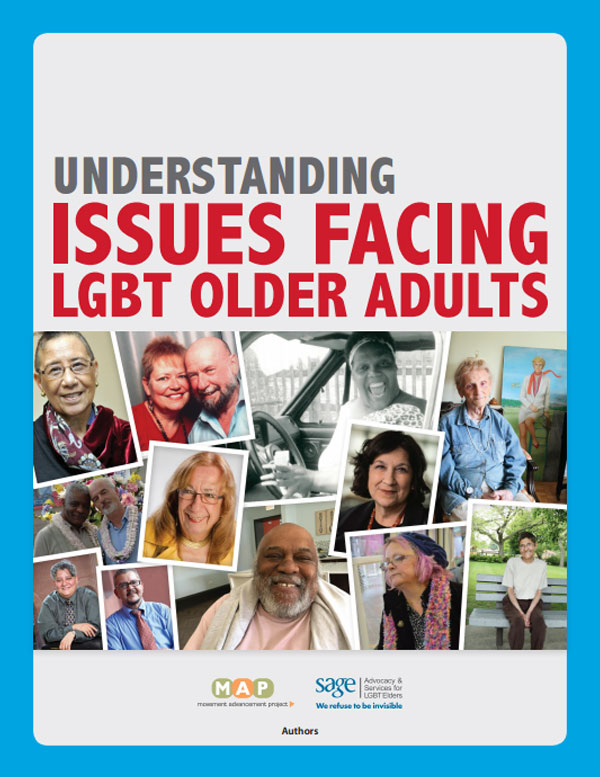The Bottom Line
It is estimated that there are approximately 2.7 million LGBT adults aged 50 and older in the United States, 1.1 million of whom are 65 and older. Understanding Issues Facing LGBT Older Adults provides an overview of their unique needs and experiences so that service providers, advocates, the aging network, and policymakers can consider these factors when serving this population or passing laws that impact older adults and the LGBT community.
Click here to watch the video Aging as LGBT: Two Stories.
Click here to read the infographic Aging as LGBT: Two Stories in large print
Understanding Issues Facing LGBT Older AdultsDownload Infographic: Lasting Impacts of DiscriminationDownload Infographic: Who Are LGBT Elders?Download Infographic: Aging as LGBT: Two StoriesDownload Large Print Infographic: Aging as LGBT: Two StoriesDownload
Recommended citation:


